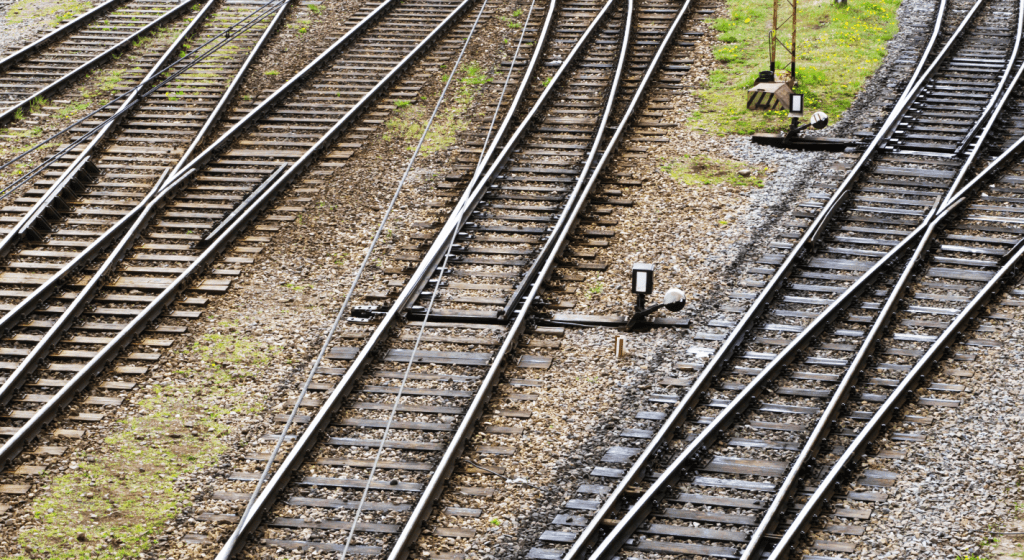![]()

A client recently exclaimed to us that all the “easy” projects were built, and the ones remaining have challenges without clear answers. One of our projects certainly reflected this mentality. The client’s predecessor railroad placed its rail line next to natural features that severely limit the capability to expand capacity. Many decades later, the Class I railroad would like to add a track to increase capacity and invited Hanson to investigate alternative routes around the rail line and identify a preferred alignment that calls for the least capital construction costs and maintains or improves train speed.
A project such as this requires a multidisciplinary team capable of providing civil, structural, geotechnical and environmental input and expertise.
A project such as this requires a multidisciplinary team capable of providing civil, structural, geotechnical and environmental input and expertise. Our geotechnical team used local project experience and the desktop data to refine our conceptual grading models, which gave the client a clearer picture of the earthwork, the biggest piece of the overall capital costs. Based on this initial data, our structural and civil teams worked together to determine an appropriate balance between large cuts and fills and structures, so that appropriate costs could be added to the analysis for earthwork and structures.
Meanwhile, our environmental team sought to confirm one of the biggest initial assumptions: a new track practically parallel to the line was not feasible due to permitting. Based on desktop research, our permitting team recommended taking a closer look at this assumption. A short field visit confirmed their views, and the team recommended that the permitting agency be consulted, because all field data pointed to the permitting effort being much less than originally anticipated. Our team’s findings changed the options considered “feasible” within the alignment alternatives analysis.
The other idea presented by our project team was considering the “economics of convenience,” coined by my railroad engineering professor. If the client is going to construct a new single-track alignment that will accommodate faster train speeds, why not add a second track to replace the existing track for a little more money? While this is a great idea, it’s only useful if the incremental benefit can be quantified and compared. We went beyond the original request for an opinion of probable cost for construction and proposed developing a simple model to help quantify these other benefits and costs at a net-present value. Beyond the data provided by the client, other initial references for quantifying these parameters include industry data from the American Railway Engineering and Maintenance-of-Way Association as well as research from sources such as the Transportation Technology Center.

If you have a challenging project, step back and ask yourself if a data-based alternatives analysis can help you or your client home in on the preferred alternative. If you need assistance with this type of analysis, Hanson’s multidisciplinary team is here to help. Tristan Rickett can be reached at trickett@hanson-inc.com.